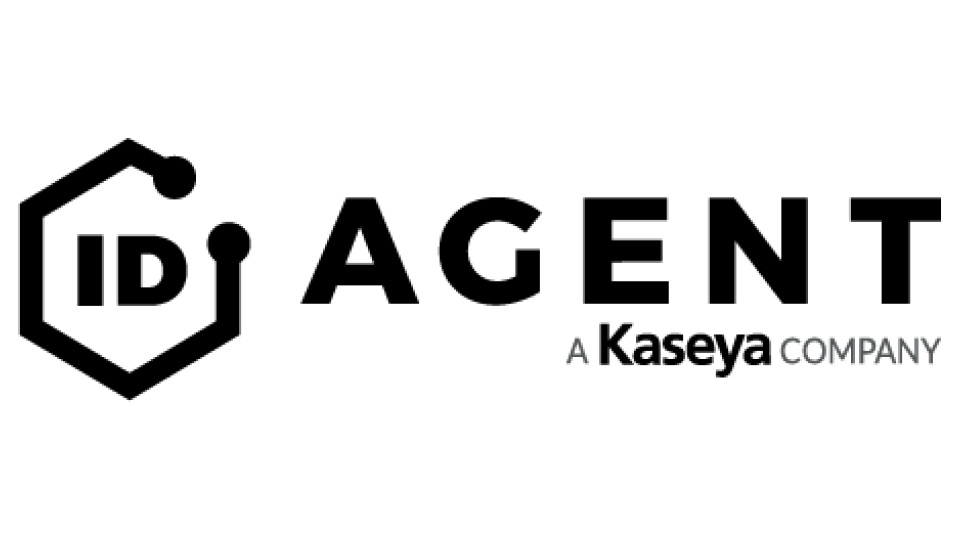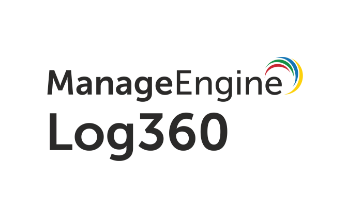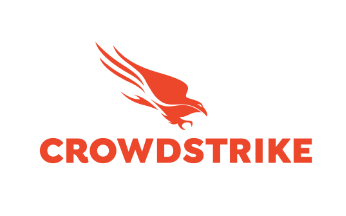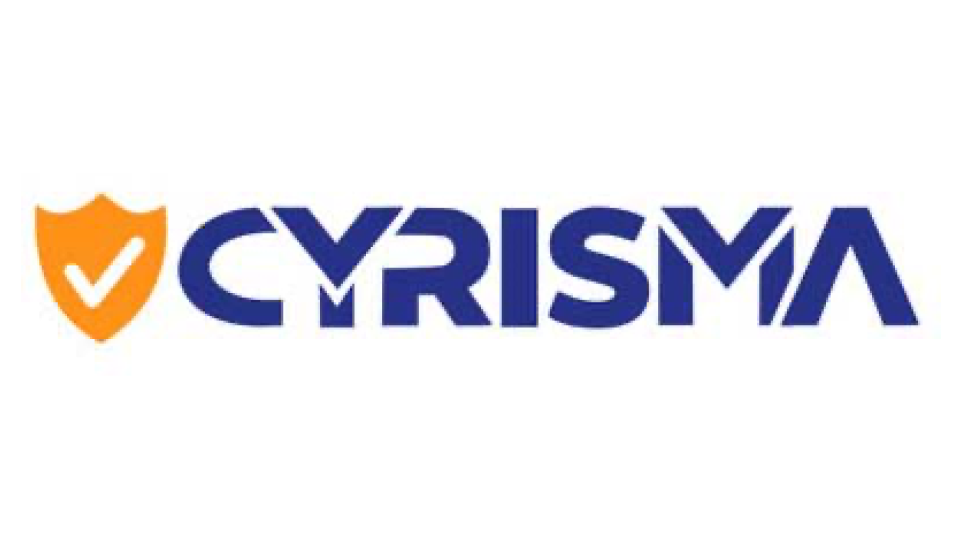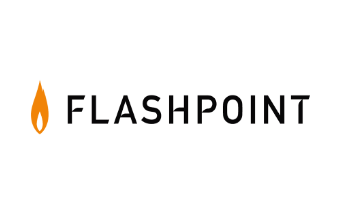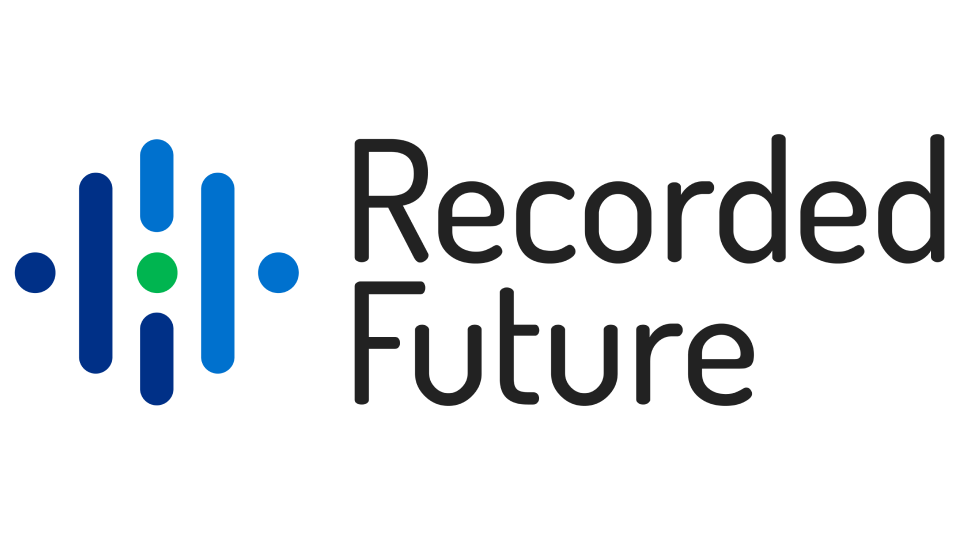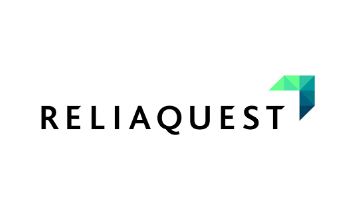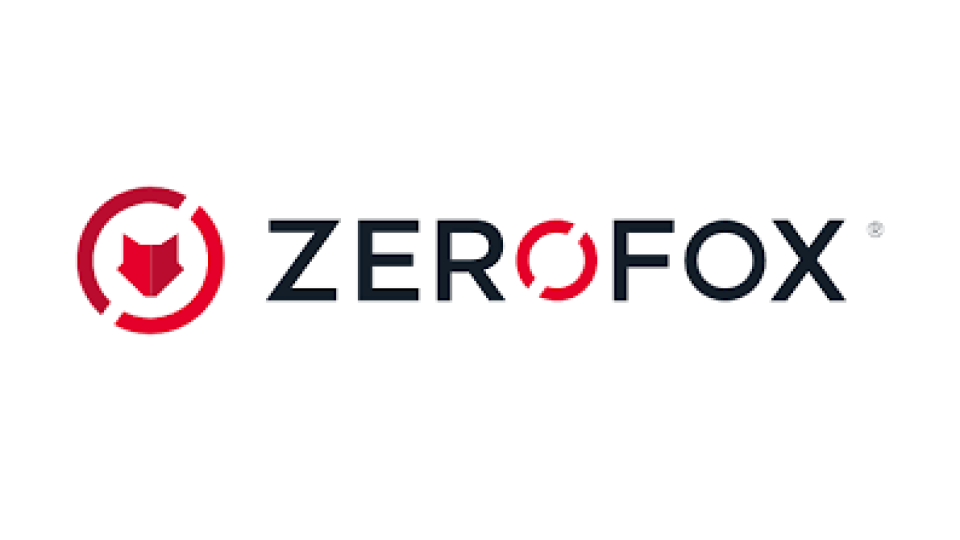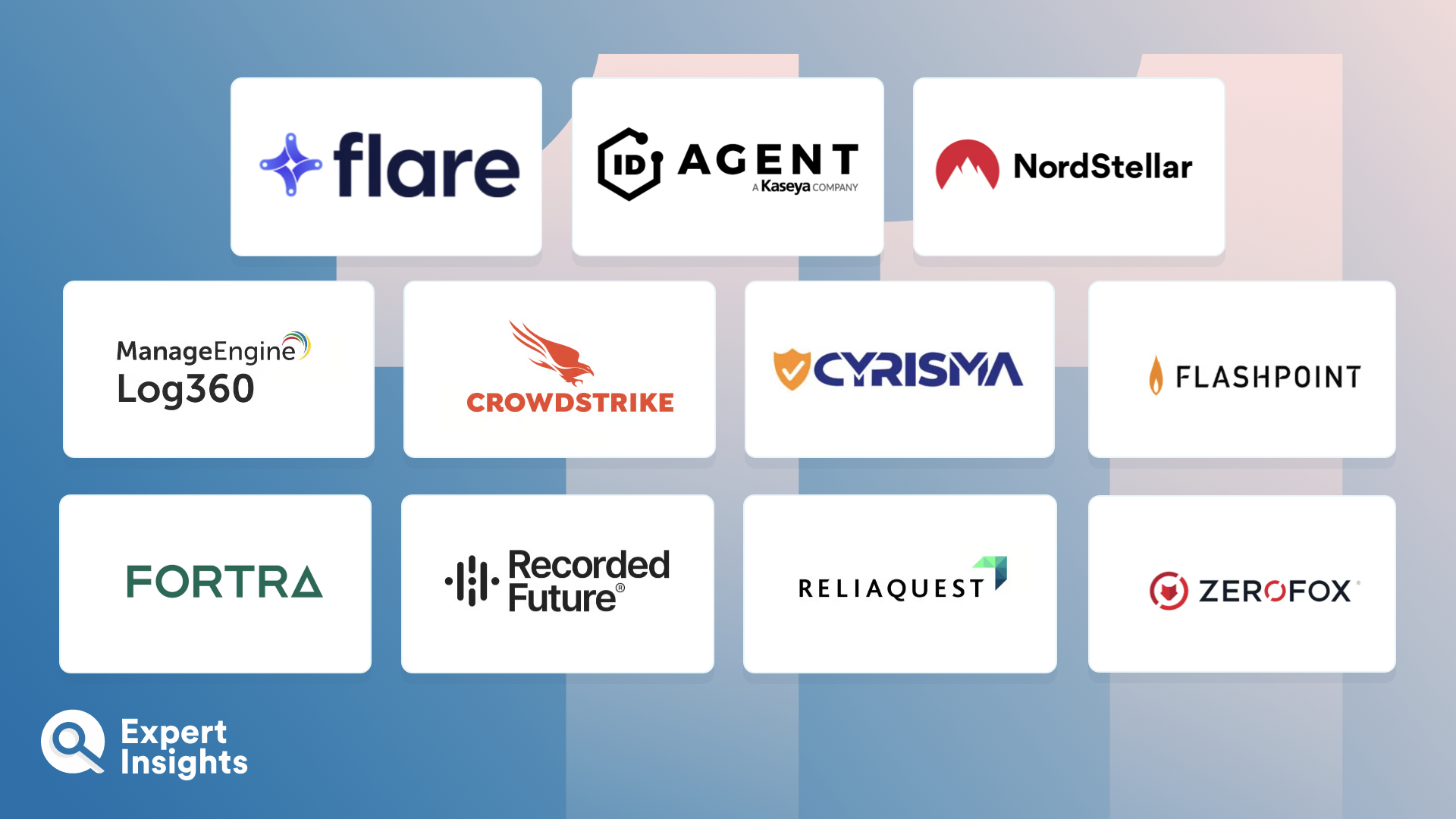Dark Web Monitoring: Everything You Need To Know (FAQs)
What Is The Dark Web?
The internet has multiple layers. The layer that the majority of us access through internet browsers and connected applications is known as the “surface web” or the “visible web”. This layer is indexed by search engines. Surprisingly, it accounts for only 5% of the entire web.
The next layer is the deep web, which isn’t indexed by search engines. This makes content on the deep web much more difficult to find and access, as you need to know a page’s exact URL to find it. Content on the deep web typically includes password-protected content, storage areas, and gated content.
The final layer is the dark web, which requires the use of specialist router technology or search engine to access. These routers anonymize access, protecting the identities of people who visit the dark web, including activists and political actors who use the dark web to protect them from persecution, and criminals using it to trade weapons, drugs, and information. Commonly, threat actors use dark web marketplaces to sell compromised account credentials, credit card details, addresses, and social security numbers – often without their victims’ knowing that their data was ever stolen.
What Is A Dark Web Monitoring Service?
A crucial part of information security involves identifying whether any of your organization’s data is being shared or sold. If it is, you can find the source of the issue and remediate it.
For example, if you discover that your users’ passwords are being sold on the dark web, you can reset all passwords (either manually or using a password manager), preventing malicious actors from gaining access to a user’s account and stealing company data.
Dark web monitoring tools allow you to do this by:
- Scanning the dark web for mentions of your company, fraudulent use of your company’s name, and sensitive data or intellectual property that may have been stolen in a data breach
- Monitoring criminal forums to discover mentions of any loopholes or vulnerabilities within your security
- Identifying the development of new and emerging attack methods that may impact your organization
This saves you from sending your IT or security staff into the dark web themselves, preventing them from putting themselves at risk or having to be exposed to illicit and dangerous content.
How Do Dark Web Monitoring Tools Work?
Dark web monitoring tools deliver a multi-stage cycle to identify and remediate data risk. This cycle includes:
- Dark web scanning: The tool continuously scans the dark web to identify mentions of your company and its data.
- Data identification: The tool identifies what the data is, how wide the scope of the data breach is, and what type of data has been compromised, including stolen credentials, bank accounts, financial accounts, trade secrets, and personal information leaks that impact your customers or employees.
- Alerting: The tool sends dark web alerts to your security team that explain what it’s discovered and how they should remediate the issue.
- Reporting: The tool compiles comprehensive reports that highlight any vulnerabilities that you need to address.
- Repeat: As this is an ongoing process, the tool will continue to scan the dark web for more leaked data or attack indicators so you can proactively mitigate threats as they’re discovered.
The Best Dark Web Monitoring Solutions: Shortlist FAQs
Why should you trust this Shortlist?
This article was written by Alex Zawalnyski, the Copy Manager at Expert Insights, who works alongside software experts to research, write, fact-check, and edit articles relating to B2B cyber security and technology solutions. This article has been technically reviewed by our technical researcher, Laura Iannini, who has experience with a range of cybersecurity platforms and conducts thorough product tests to ensure that Expert Insights’ reviews are definitive and insightful.
Research for this guide included:
- Conducting first-hand technical reviews and testing of several leading dark web monitoring providers
- Interviewing executives in the dark web monitoring space, as well as the wider Data Loss Prevention (DLP) industry, for first-hand insight into the challenges and strengths of different solutions
- Researching and demoing solutions in the dark web monitoring space and wider DLP security categories over several years
- Speaking to several organizations of all sizes about their dark web monitoring challenges and the features that are most useful to them
- Reading third-party and customer reviews from multiple outlets, including paid industry reports
This guide is updated at least every 3 months to review the vendors included and ensure that the features listed are up to date.
Who is this Shortlist for?
We recommend that all organizations consider implementing a solution that will help them identify and remediate data loss. This list has therefore been written with a broad audience in mind.
How was the Shortlist picked?
When considering dark web monitoring solutions, we evaluated providers based on the following criteria:
Features: Based on conversations with vendors, end customers, and our own testing, we selected the following key features:
- Threat hunting: Dark web monitoring tools should proactively hunt for stolen data, and threats and risks that affect your network.
- Wide visibility: Dark web monitoring platforms must provide broad visibility to give users the best chance of identifying their data and references to their company on forums, chatrooms, marketplaces, and messaging apps. Some tools in this Shortlist combine dark web monitoring with social media monitoring.
- Continuous monitoring: The platform should monitor the dark web 24/7 to identify its customer’s information as soon as possible. With attacks happening across the globe all the time, threat hunting cannot be limited to office hours.
- Analysis: The solution should have crawlers, scrapers, and scanners that analyze content and assess the risk to its customer’s business in real time. This may provide an understanding of how a data breach occurred or how one is likely to occur in the future.
- Actionable alerts: Dark web monitoring solutions should have an efficient way of alerting admins to any relevant updates. The alerts should convey as much information as possible, whilst enabling admins to react quickly.
- Reports: Dark web monitoring solutions should calculate a risk score that enables users to monitor the security of specific assets and implement more stringent security measures where relevant.
- Facilitated response: While not all dark web monitoring solutions have the capability to remediate threats from within the platform, at a minimum they should integrate with their customer’s wider security stack to facilitate and coordinate this response. Some solutions may be able to remove harmful content, but this is not the case for all products.
Market perception: We reviewed each vendor included on the Shortlist to ensure they are reliable, trusted providers in the market. We reviewed their documentation, third-party analyst reports, and—where possible—we have interviewed executives directly.
Customer usage: We use market share as a metric when comparing vendors and aim to represent both high market share vendors and challenger brands with innovative capabilities. We have spoken to end customers and reviewed customer case studies, testimonials, and end user reviews.
Product heritage: Finally, we have looked at where a product has come from in the market, including when companies were founded, their leadership team, their mission statements, and their successes. We have also considered product updates and how regularly new features are added. We have ensured all vendors are credible leaders with a solution we would be happy to use ourselves.
Based on our experience in the DLP and broader cybersecurity market, we have also considered several other factors, such as the benefit of consolidating multiple features into a single platform, the quality of the admin interface, the customer support on offer, and other use cases.
This list is designed to be a selection of the best dark web monitoring providers. Many leading solutions have not been included in this list, with no criticism intended.





